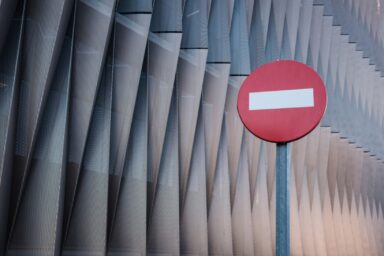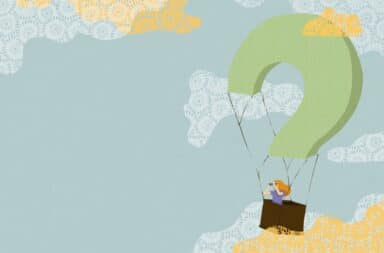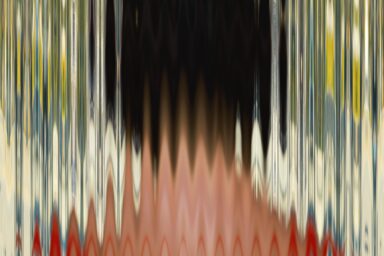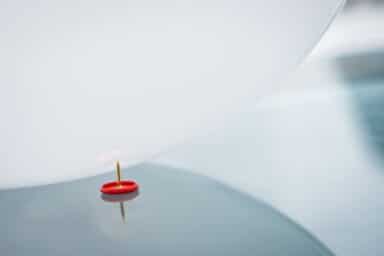Phobias and Irrational Fears
Tips for recognizing, confronting, and breaking free of phobias

Are worries, fears, or panic attacks making it hard to function or enjoy life? Learn about the various types of anxiety disorders and their symptoms, and what you can do to take back control and regain your peace of mind.
View FAQs
Tips for recognizing, confronting, and breaking free of phobias




Always focusing on your physical flaws? You may have BDD.


Cognitive behavioral therapy, exposure therapy, and other options

